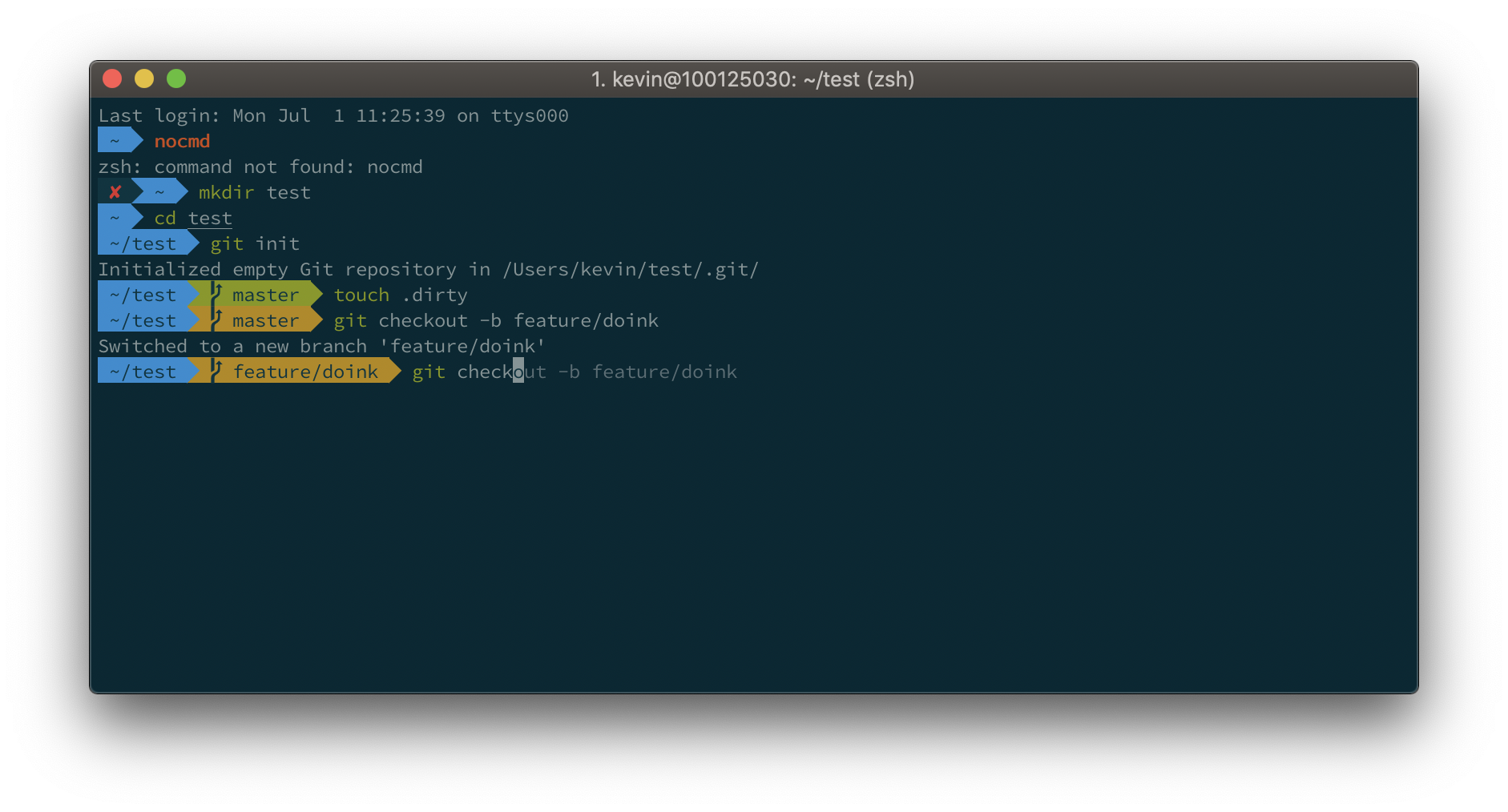You just have to source this file.
| #!/usr/bin/env bash | |
| : ' Script that checks stale branches based on a specific date on a git | |
| repository and send an alert message on a Slack channel | |
| ' | |
| # check if debug flag is set | |
| if [ "${DEBUG}" = true ]; then |
| ########## Install NGINX ############## | |
| # Install software-properties-common package to give us add-apt-repository package | |
| sudo apt-get install -y software-properties-common | |
| # Install latest nginx version from community maintained ppa | |
| sudo add-apt-repository ppa:nginx/stable | |
| # Update packages after adding ppa |
| Windows.10.and.Office.2016.gVLK | |
| ##################################################################### | |
| # Install/Uninstall keys # | |
| ##################################################################### | |
| 1.) Uninstall the current product by entering the “uninstall product key” extension: | |
| slmgr.vbs /upk | |
| 2.) Install the key that you obtained above for “Windows Srv 2012R2 DataCtr/Std KMS for Windows 10” |
If you haven't installed any FUSE yet:
brew tap homebrew/fuse
brew install Caskroom/cask/osxfuse
brew install qemu ext4fuseqemu-img convert -p -O vmdk snapshot.qcow2 system.vmdkThis will take some time...- Download and register for a free licence of VMDK Mounter for Mac® OS X and install it.
- Reboot your macOS device.
Whether you're trying to give back to the open source community or collaborating on your own projects, knowing how to properly fork and generate pull requests is essential. Unfortunately, it's quite easy to make mistakes or not know what you should do when you're initially learning the process. I know that I certainly had considerable initial trouble with it, and I found a lot of the information on GitHub and around the internet to be rather piecemeal and incomplete - part of the process described here, another there, common hangups in a different place, and so on.
In an attempt to coallate this information for myself and others, this short tutorial is what I've found to be fairly standard procedure for creating a fork, doing your work, issuing a pull request, and merging that pull request back into the original project.
Just head over to the GitHub page and click the "Fork" button. It's just that simple. Once you've done that, you can use your favorite git client to clone your repo or j
| #!/bin/bash | |
| # Author: Erik Kristensen | |
| # Email: [email protected] | |
| # License: MIT | |
| # Nagios Usage: check_nrpe!check_docker_container!_container_id_ | |
| # Usage: ./check_docker_container.sh _container_id_ | |
| # | |
| # Depending on your docker configuration, root might be required. If your nrpe user has rights | |
| # to talk to the docker daemon, then root is not required. This is why root privileges are not |
| # --------------------------------------------------------------------------- | |
| # | |
| # Description: This file holds all my BASH configurations and aliases | |
| # | |
| # Sections: | |
| # 1. Environment Configuration | |
| # 2. Make Terminal Better (remapping defaults and adding functionality) | |
| # 3. File and Folder Management | |
| # 4. Searching | |
| # 5. Process Management |

